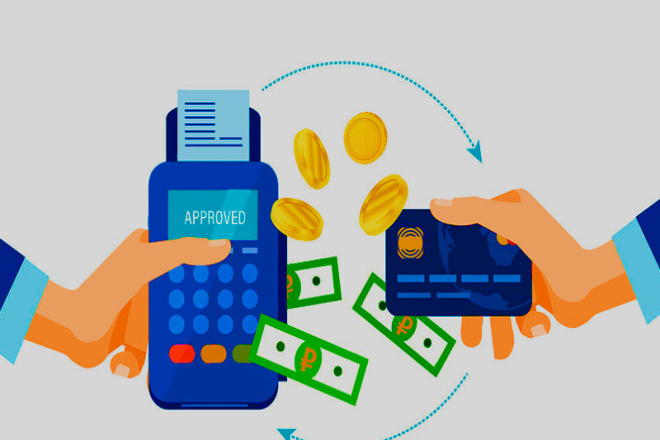In the ever-evolving landscape of international finance and trade, numerous methods and tools are available for transferring money across borders. One of these, often shrouded in mystery to many, is the Telegraphic Transfer International (TTI). In this blog post, we’ll embark on a journey to uncover the secrets of TTI, demystify its intricacies, and explore how it plays a crucial role in the global economy.
What is Telegraphic Transfer International (TTI)?
At its core, a Telegraphic Transfer International, often referred to as a TT, is a swift and secure way of transferring money from one country to another. It’s essentially an electronic method of funds transfer. The process involves the sender instructing their bank to send a specified amount of money to a recipient’s bank account in a foreign country. The transaction is then executed electronically, ensuring rapid and secure movement of funds.
The Nuts and Bolts of TTI
Let’s break down the components of a typical TTI:
- Sender’s Instruction: The sender (or remitter) is the person or entity initiating the transfer. They provide the necessary information to their bank, including the recipient’s bank details, the amount to be transferred, and any specific instructions.
- Bank Processing: The sender’s bank processes the request and debits the sender’s account for the specified amount, along with any applicable fees.
- SWIFT Network: TTI relies on the SWIFT (Society for Worldwide Interbank Financial Telecommunication) network, which connects banks globally. This network ensures the secure transmission of payment instructions and other relevant data.
- Recipient’s Bank: Upon receiving the funds, the recipient’s bank credits the account with the transferred amount. The time taken for this step can vary depending on the banks involved and the countries of origin and destination.
- Currency Exchange: A currency exchange rate will be applied during the transfer if the sender and the recipient have different currencies. This rate is typically determined by the sender’s or intermediary bank in the process.
- Fees and Charges: Both the sender and recipient’s banks may charge fees for processing the TTI. These fees can vary and should be considered when initiating the transfer.
- Confirmation: Once the funds are successfully transferred, the sender and recipient receive confirmation from their respective banks, indicating that the transfer is complete.
Why Choose TTI?
Telegraphic Transfer offers several advantages that make it a preferred choice for many international transactions:
- Speed: TTIs are known for their swiftness. In many cases, funds can be transferred within a day or two, making them ideal for time-sensitive transactions.
- Security: The SWIFT network ensures high security in the transfer process. Encryption and authentication protocols are in place to protect both the sender and recipient.
- Global Reach: TTI can be used to transfer funds to virtually any country worldwide, as long as the sender and recipient banks are connected to the SWIFT network.
- Convenience: TTI can be initiated from the comfort of one’s home or office, thanks to online banking and electronic instructions.
- Transparent Process: The sender receives a confirmation of the transfer, providing peace of mind and assurance that the funds have reached their intended destination.
- Credibility: Many businesses and individuals prefer TTI for its credibility and widespread use in international finance.
Key Considerations When Using TTI
While TTI offers numerous benefits, there are some important considerations to keep in mind:
- Exchange Rates: Exchange rates can fluctuate and affect the final amount the recipient receives. It’s advisable to keep an eye on exchange rates or consider using forward contracts to mitigate currency risk.
- Fees: Understand your bank’s fee structure and the recipient’s bank. Some banks charge a flat fee and a percentage of the transferred amount.
- Bank Working Hours: Different banks may have varying working hours and processing times. Factor this into your planning if the transfer needs to be completed by a specific deadline.
- Bank Policies: Familiarize yourself with the policies and procedures of your bank regarding TTI. This can include documentation requirements, daily transfer limits, and cut-off times for initiating transfers.
- Recipient Information: Ensure you have accurate and complete information about the recipient’s bank, including the bank’s SWIFT code, IBAN (International Bank Account Number), and any additional details required for the transfer.
- Legal and Regulatory Considerations: Be aware of any legal and regulatory requirements in sender and recipient countries. Certain transactions may be subject to reporting or taxation.
The Future of TTI
As technology advances, the future of Telegraphic Transfer International is likely to evolve as well. The financial industry is exploring blockchain and digital currencies as alternatives to traditional cross-border fund transfers. These innovations may offer greater speed, security, and cost-efficiency in international transactions.
Conclusion
In conclusion, uncovering the secrets of Telegraphic Transfer International reveals a robust and secure method for transferring money across borders. TTIs are essential in the global economy, facilitating trade, investment, and personal financial transactions. While they may seem mysterious initially, understanding the basics of TTI and its advantages can empower individuals and businesses to make informed decisions when conducting international financial transactions. Whether you’re a business owner seeking to pay international suppliers or an expatriate sending money to family back home, TTI is a tool worth considering for your financial needs.

